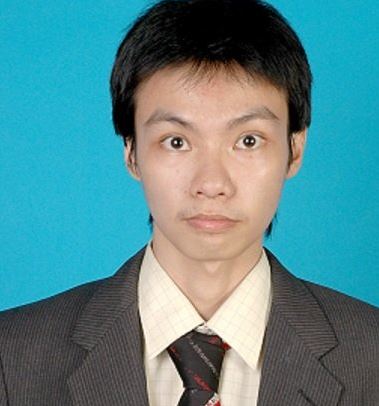reconstruction and deterministic prediction of ocean waves from synthetic radar images
A marine X-band radar is a device that scans the surrounding ocean waves up to distances of some 2 km. A rotating antenna emits electromagnetic beams that are reflected at the water surface and partly received by the antenna and stored as intensity plots every radar rotation time. The coverage of a large observation area makes it possible to detect ships and marine mines at large distances, which was the primary aim of marine radars around the second world war. Since then the contents of the images have been further processed to provide quantitative properties of the surrounding waves, such as directional spectrum, peak period and significant wave height, using the so-called 3DFFT method. Recent research is aimed to get more detailed information from the radar images, the phase-resolved dynamics of the waves. Such information is very much desired for various ocean engineering purposes, such as waves at the coast and near harbors and to reduce downtime of coastal and ocean engineering activities which can only take place during, possibly short times, of low wave conditions, such as helicopter landing, wind mill placements and side-by-side loading operations. However, the individual wave prediction from radar images is a difficult task since the images contain at best only much distorted information about the waves. For instance, only part of the waves that are not shadowed by waves closer to the radar, will give a reflection, and the radar backscatter intensity is not directly related to the sea surface elevation.

Successful phase-resolved wave prediction is from very recent times and this dissertation describes our contribution to that. Different from the 3DFFT method, which so far does not seem to be able to detect the waves in a dynamic way, a new method DAES (Dynamic Averaging and Evolution Scenario) has been developed that is based on data assimilation with images that are averaged in a dynamic way. The evolution of a few successive images to the same time brings together information from different parts of shadowed waves and the averaged information improves the quality of the reconstruction of the sea state. Any well reconstructed sea can then be used as initial state for an evolution in time; a wave prediction can be simulated. How long this prediction will be accurate enough depends on the size of the observation area, the velocity of the waves and the quality of the reconstructed sea.
The DAES method has been proved to be successful to reconstruct and predict the waves from synthetic images of uni- and bi-modal seas of moderate wave height. The method is recently also tested to reconstruct images from very high seas with nonlinear waves. Then the evolution scenario needs to be adjusted and to evolve the waves nonlinearly the numerical model with pseudo-spectral implementation, called HAWASSI-AB, is used.
In this dissertation, also methods to determine significant wave height and sea surface current from images without any external calibration are presented. These parameters are required as ingredients in the reconstruction method DAES. The significant wave height is needed to scale the reconstructed sea such that the correct amplitude is obtained. The discovery that the significant wave height is related to the intensity of shadowing as function of distance from the radar leads to a successful procedure to obtain the parameter from the images. The sea surface current is needed for a proper propagation model for the seas. Since the DAES method is based on evolving images, an optimization procedure can lead effectively to the correct current values, different from existing other methods. Although all test cases that have been investigated deal with waves above flat bottom, there are preliminary results that indicate that DAES can also be extended to deal with waves above varying bottom close to the coast, a topic for important future research.





